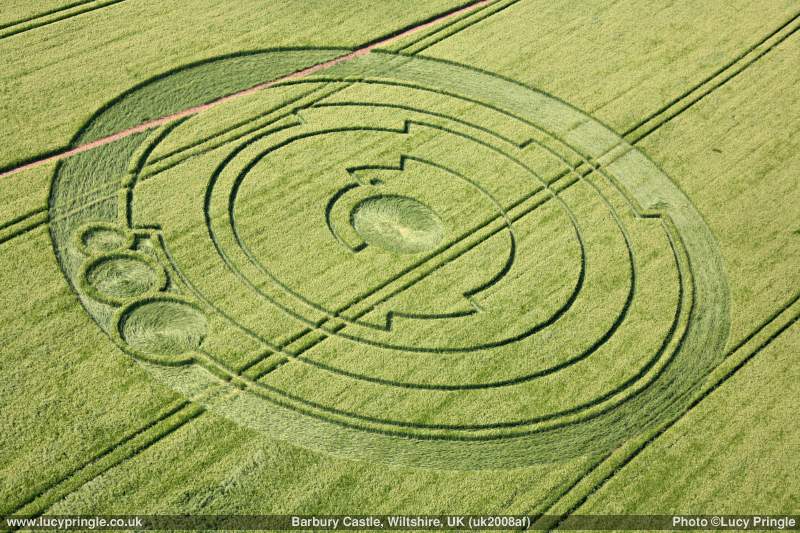Happy Anna
Contextual markers
Why do we need a new kind of markers?
The contextual markers are relatively trivial and we treated them as self-evident, not taking the time to formally introduce them. Typically, we’ve referenced creative markers when we need to generate a story or animation, and logical markers when an equation or flow-chart is needed.
While these are certainly useful markers, contextual markers are more natural and prevalent. We’ve simply neglected to explicitly mention them. In reality, it’s difficult to even visualize abstract concepts without providing some form of context.
Disambiguation
Thematic context
- The relevant location, like a shop or a transportation hub.
- The language itself. How do we distinguish a bus stop in Spain and Portugal? The languages are damn similar. We need to add specifics, like Gaudi, tomato, or bulls for Spain and chimneys, rooster, or azulejos for Portugal.
- The historical context for outdated words, or slang disambiguation. For example, in French, there are layers of outdated verb forms and in Russian, there is a huge dictionary of criminal slang.
- Specific details. In a given context, specific details may change the meaning of the word. Consider bars of light on a table in a prison cell.
Anecdotal evidence
As we add details, we create a more specific context and make contextual markers more powerful. The best contextual markers often exist within a story when we first learned the new word.
For example, I first learned about the “vicious circle” when one of my professors used it in a lecture, and I thought he translated it from Russian “enchanted circle”. I asked him about it, and he said that he used to say “enchanted circle” for a while, but then was corrected by one of his students.
What is a marker?
- The marker is something outstanding
- The attribute is a part of the visualization itself
- The detail is something we added to the visualization
- The context is something that appears as we place a visualization into a memory structure.
We can and should use all of these characteristics. If the context is very remarkable, sufficiently memorable to remember a foreign word, the context may serve as a marker. We will recall the context and from it the word. Why not?

Get 4 Free Sample Chapters of the Key To Study Book
Get access to advanced training, and a selection of free apps to train your reading speed and visual memory

